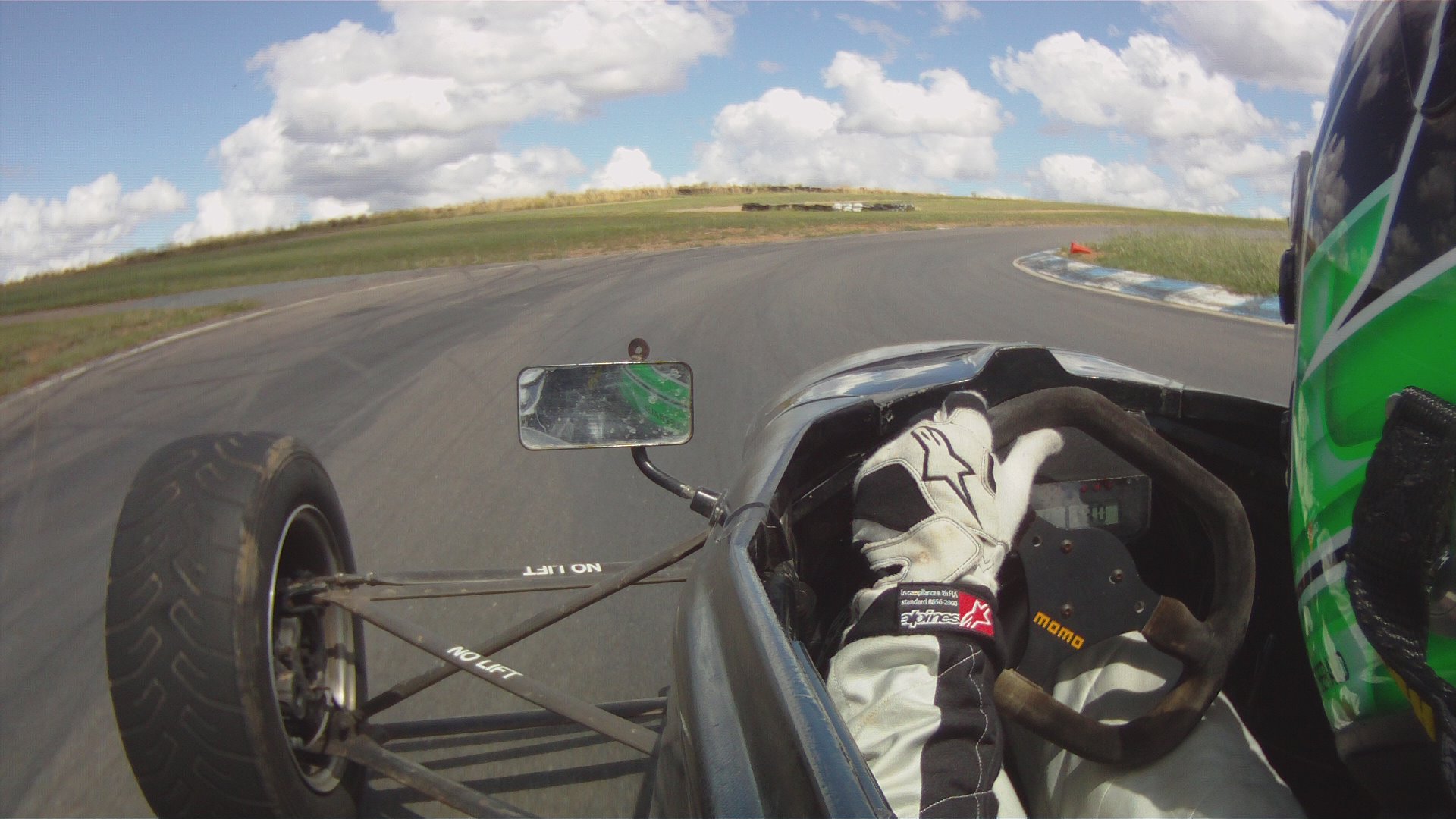|
Fantom Dynamics
Fantom is a Swedish velomobile with four wheels, two in the front and two in the rear. It has no front suspension, but has suspension in the rear. Fantom was never sold as a finished product. Instead it was sold as a set of drawings. The drawings are not exact and should be used as a guide. Hobbex bought the rights to the drawings and have sold it continuously since the 1940s apart from a short break in the 1990s. Over 100,000 copies of the drawing were sold, but only ten documented builds were finished. The drawings had no measurements, and if you would follow the blueprints, you would not be able to open the door. In the 1980s the Fantom was rediscovered by Carl-Georg Rasmussen who built a redesigned version called Leitra Leitra is a Danish company and also the name of the velomobile it produces. In Sweden designs for a two-person, four-wheeled velomobile called the Fantom were sold as blueprints in the 1930s and 40s. Many thousands of sets of DIY instructions .... ... [...More Info...] [...Related Items...] OR: [Wikipedia] [Google] [Baidu] |
Velomobile
A velomobile (); velomobiel, velo, or bicycle car is a human-powered vehicle (HPV) enclosed for Aerodynamics, aerodynamic advantage and/or protection from weather and collisions. Velomobiles are similar to recumbent bicycles, pedal go-karts and tricycles, but with a full Bicycle fairing, fairing (aerodynamic or weather protective shell) and are not to be confused with purpose-built mobiles for speed records. Fully faired vehicles with two wheels are generally called Streamliner#Bicycles_and_tricycles, Streamliners. Streamliners have set many speed and distance records. Though fast in their own right, velomobiles are considered much more suitable for the street than two-wheeled streamliners. Using three or more wheels can have advantages for everyday use, including the ability to stop and start unaided, better stability, cross-wind handling, etc., though there are arguments made that the multiple track machines (three or more wheels) have aerodynamic disadvantages due to the drag ... [...More Info...] [...Related Items...] OR: [Wikipedia] [Google] [Baidu] |
Suspension (vehicle)
Suspension is the system of tires, tire air, spring (device), springs, shock absorbers and Linkage (mechanical), linkages that connects a vehicle to its wheels and allows relative motion between the two. Suspension systems must support both road holding/Automobile handling, handling and ride quality, which are at odds with each other. The tuning of suspensions involves finding the right compromise. The suspension is crucial for maintaining consistent contact between the road wheel and the road surface, as all forces exerted on the vehicle by the road or ground are transmitted through the tires' contact patches. The suspension also protects the vehicle itself and any cargo or luggage from damage and wear. The design of front and rear suspension of a car may be different. History An early form of suspension on ox-drawn carts had the platform swing on iron chains attached to the wheeled frame of the carriage. This system remained the basis for most suspension systems unti ... [...More Info...] [...Related Items...] OR: [Wikipedia] [Google] [Baidu] |
Carl-Georg Rasmussen
Carl Georg Rasmussen is a mechanical engineer with a PhD in physics; an ecologist specializing in noise pollution; and a light aircraft pilot. He is the designer and manufacturer of the Leitra velomobile. Velomobiles were produced in the 1930s, but commercial production ended after the second world war. Rasmussen's Leitra, or "light individual transportation", was motivated by the oil crisis; it is the first commercial production velomobile using "modern" materials and designs. Rasmussen was interested in daily transport and tours, which guided his design choices for the Leitra. He last owned a car in the 1980s. Rasmussen had an early Leitra confiscated in 1982 by Danish police as a dangerous vehicle; this led him get legal status of velomobiles in Denmark. Rasmussen also organizes velomobile tours. Rasmussen rode a Leitra in the 1987 Paris–Brest–Paris (PBP). Although the Mochet Velocar is French, Rasmussen is probably the first PBP velomobile rider. In order to increa ... [...More Info...] [...Related Items...] OR: [Wikipedia] [Google] [Baidu] |
Leitra
Leitra is a Danish company and also the name of the velomobile it produces. In Sweden designs for a two-person, four-wheeled velomobile called the Fantom were sold as blueprints in the 1930s and 40s. Many thousands of sets of DIY instructions were sold, but very few vehicles were actually built. The body was made of plywood. The 1979 oil crisis, oil shock of 1978-9 inspired Carl Georg Rasmussen, a Danish engineer and pilot, to design and build the first practical velomobile. A tadpole recumbent bicycle#Recumbent tricycles, recumbent tricycle with full glass-fiber fairing, it was dubbed the Leitra (''Danish language, Danish'': Let individuel transport, meaning "light individual transport"). About the company Carl Georg Rasmussen initially formed the company as a limited partnership with ten investors – mostly friends and intending customers. He also received some of his early funding from other customers who, while not wishing to risk a direct investment in the company, were ... [...More Info...] [...Related Items...] OR: [Wikipedia] [Google] [Baidu] |
